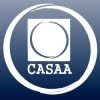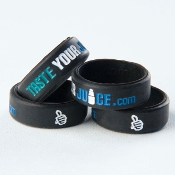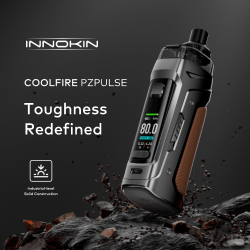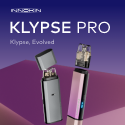Some chargers, like the Efest LUC V4, can be used to charge batteries that have dropped to very low voltages, below 2.5V. While this is tempting there is a risk when doing this.
When a Li-Ion battery drops below 2.0V or so the copper electrode inside of it literally starts to dissolve. When the battery is recharged this dissolved metal is plated back onto parts of the battery that should not be conductive. This can cause an internal short-circuit which can lead to overheating, venting, or even bursting of the battery. Even if it still works after charging that battery might be damaged and wouldn’t be married to the other batteries you used with it anymore.
It’s impossible to say though whether any over-discharging of a battery is unsafe or not since the battery damage is cumulative. The more time it spends at around 2.0V, and the lower the voltage, the more damage is done and the riskier it is to use that battery. If the battery is recharged quickly then the damage is minimal. If the battery slowly self-discharged over months of storage then the damage is greater and the risk is a lot higher.
I’ll always recommend just replacing an over-discharged battery if you weren’t able to recharge it right away. If you do decide to use it though I recommend the following…
– Recharge it as soon as possible.
– Recharge it at the lowest current setting possible.
– Stay nearby! You want to be able to stop the discharge immediately if the battery starts overheating or there is some other problem.
So while the recovery feature can help bring back a battery that was overdischarged you need to weigh the risks versus replacing the battery. Remember, even if you recover the battery it might be damaged and no longer married to its partner(s). Keep an eye on the battery voltages and temperatures for a while to make sure the recovery went well.














 Store
Store












